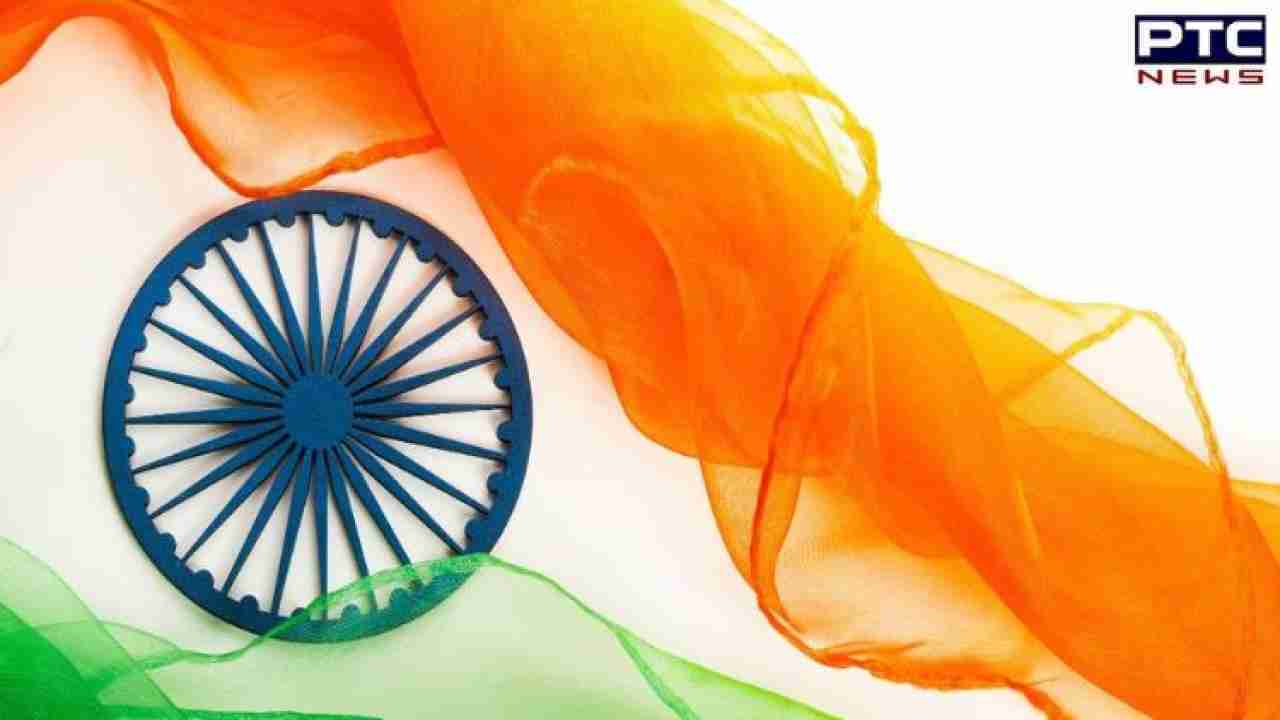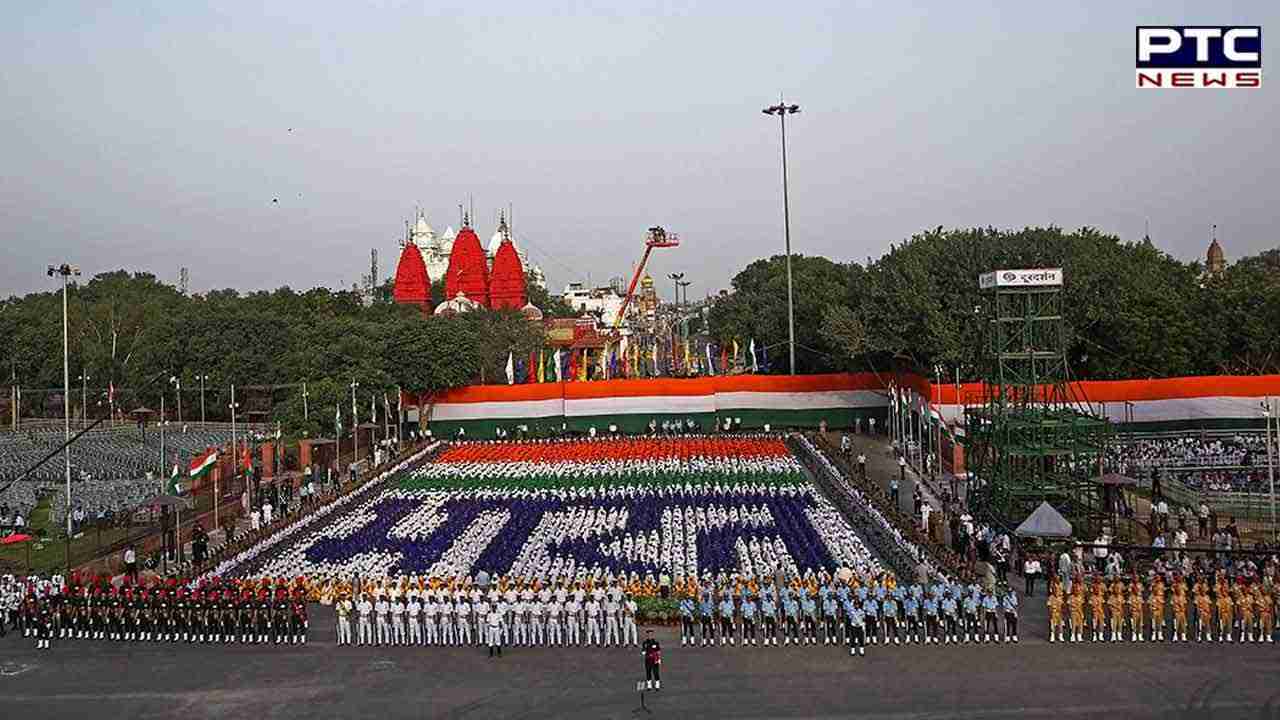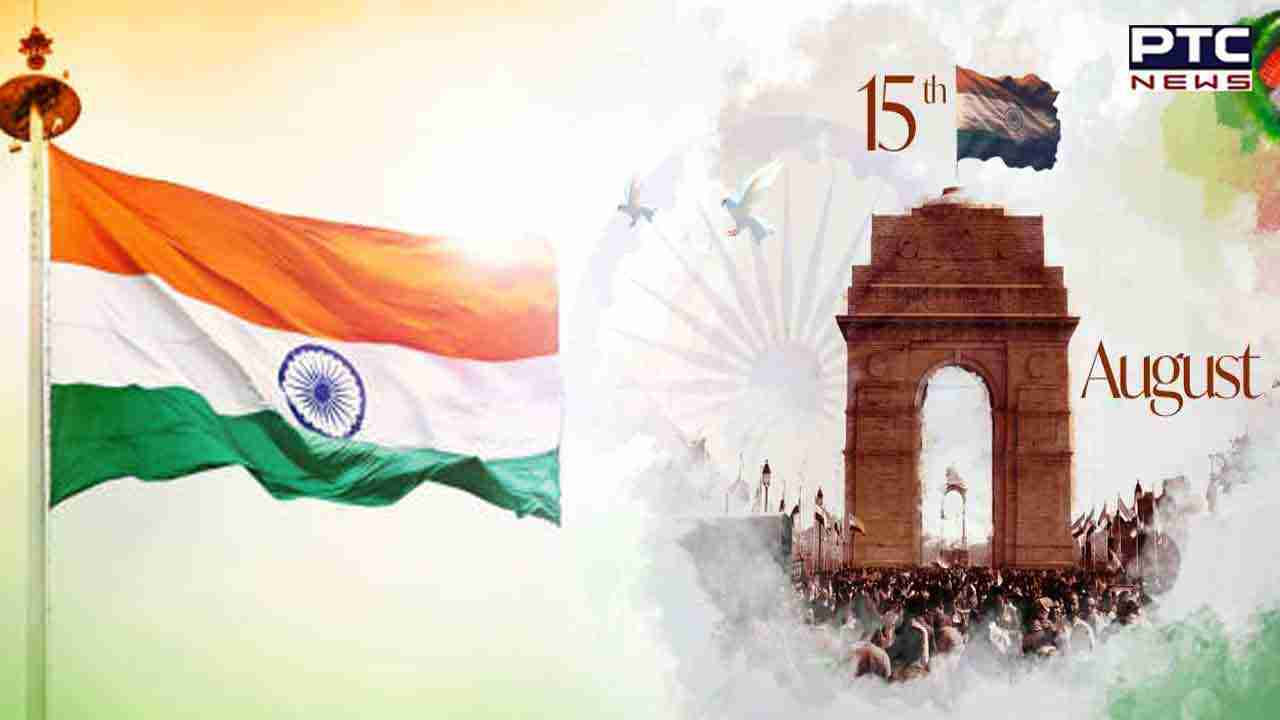

Independence Day 2023| Here’s all you need to know about Indian Flag and significance of three colours
Independence Day 2023: As India is celebrating its 77th independence day with fanfare and glee, there are some facts that you should know about the Tricolour.
Every country has its own flag symbolising liberty or freedom. The Indian flag holds a magnanimous significance for it represents the diversity the country holds. It symbolizes patriotism, freedom and honour of the country. At the same time, it makes us feel nostalgic about the sacrifice made by our freedom fighters.
Also Read: Independence Day 2023 LIVE UPDATES: PM Modi hoists National Flag at Red Fort
The Indian flag is a horizontal tricolour of Saffron (Kesariya) at the top, white in the middle, and green at the bottom, all in equal proportion. It also consists of the national emblem of the country, Ashok Chakra, in the centre of the white band.

The saffron colour of the national flag represents the strength and courage of the country. The white in the middle is a symbol of peace while the green colour symbolizes fertility, prosperity and auspiciousness of the land.
The 'Ashok Chakra' signifies that there is life in movement and death in stagnation.
The Indian Tricolour was adopted in its present form during the constituent assembly meeting that was held on July 22, 1947, a few days before the country got freedom from British rule on August 15, 1947.
The proposal for the flag was made by Mahatma Gandhi to the Indian National Congress in the year 1921. However, it was designed by Pingali Venkayy.

Initially, there was a traditional spinning wheel (Charkha) in the centre of the flag. A modification took place with the inclusion of white strips in the middle.
Furthermore, the traditional spinning wheel was replaced by Ashok Chakra in 1947. The Flag Code of India took effect on January 26, 2002. Accordingly, the citizens of India were finally permitted to hoist the Tricolour over their homes, or workplaces on any day and not just National days as was the case earlier.
Our national flag represents the citizens of the country. It signifies our unity and sovereignty. It must not be disrespected or looked down upon in any way.
Also Read: Independence Day 2023: PM Modi appeals for peace in strife-torn Manipur in 10th I-Day address
Notably, Independence Day is celebrated with great enthusiasm and patriotism on August 15th every year which aims to honour the brave freedom fighters and bravehearts who sacrificed their lives for the country. This day marks the anniversary of India's independence from British colonial rule in 1947.

Every country has its own flag symbolising liberty or freedom. The Indian flag holds a magnanimous significance for it represents the diversity the country holds. It symbolises patriotism, freedom and honour of the country.
This year’s Independence Day culminates the ‘Azadi Ka Amrit Mahotsav’ celebrations, which were launched by the Prime Minister from Sabarmati Ashram in Ahmedabad, Gujarat on March 12, 2021, and will, once again, usher the country into ‘Amrit Kaal’ with renewed vigour to realise Narendra Modi’s dream of making India a developed country by 2047.
- With inputs from agencies
